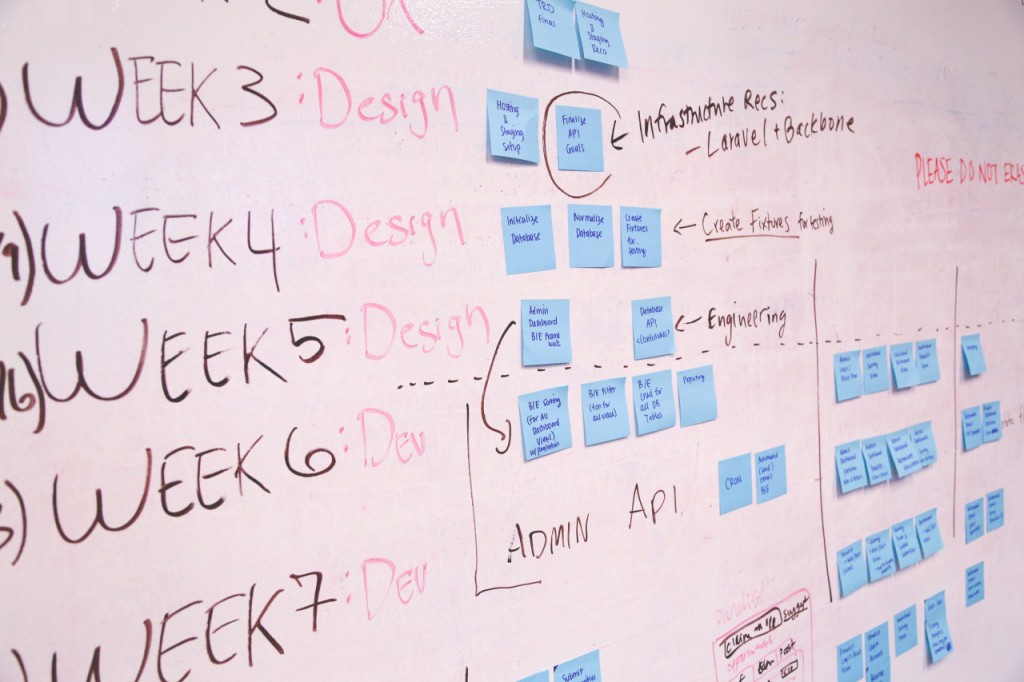Understanding the Scale of Your Project
June 24th, 2015
It’s important to start any project off on the right foot. You might say, “I just need a website”, but what does that really mean?
A brochure site, which is anywhere from five to 10 pages, is just as much a website as an e-commerce or educational system. It pays to take the time to identify what you need to have done before starting your project. Here at Applied Imagination our team of skilled developers and consultants have the ability to bring your projects to life. The right way.

Websites vs. Web Applications
A website is mainly text and images with the occasional video. The content on a website is static and doesn’t change unless the code is manually edited. A web application, on the other hand, is a type of website that incorporates dynamic data. Dynamic data is content that changes over time automatically, or may change based on user interactions. This includes anything from user accounts on community sites and social networks to e-commerce for product/inventory management and payment processing for small to medium businesses.
Technical Projects
Many large systems start out as web applications and, as they grow, turn into technical projects.
A technical project is a complex system that requires multiple areas to handle various sets of data while communicating with one another. Websites and web applications can both be part of a technical project, but are a smaller part of the overall development as most of the work happens behind the scenes. A lot of the work also goes into planning the system and defining the necessary processes.
A consultant is required to fully flesh out any details before any development can begin. A system may be too large to understand without documentation and defined processes. Some examples include pricing and inventory rules for e-commerce or more complex processes such as merging two systems to modify data locally and on web servers without risking data corruption.
Without this crucial step, the system would be extremely difficult to maintain in the future. The initial cost is higher, but taking this step will save your business more time and money in the long-run.
Understanding the scale of your project is the first step to get your project started correctly. An experienced consultant will access your needs and map out a game plan. The next step is to choose the right developer to follow the plan through. Now, how do you do that? Hang tight. We’ll cover that next!
2 responses to “Understanding the Scale of Your Project”
Leave a Reply
You must be logged in to post a comment.

[…] know how to determine what kind of project you have on your hands, it’s time to choose a developer. A brochure website can easily be handled by a single […]
[…] for growth? These are questions a developer or designer should ask. If you’re not sure how big your project is or what to look for in a developer, you can check out our past blog posts on these […]